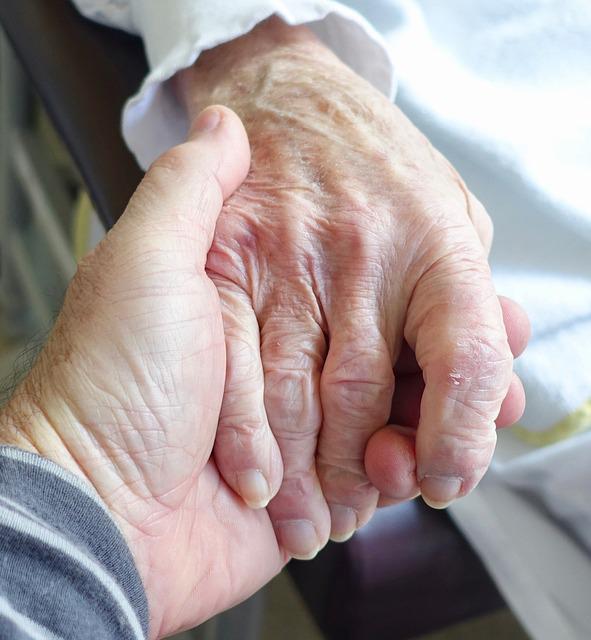
There are many long term care options available to the elderly. Below is a chart that compares the costs and types of care offered by different settings. In addition to a nursing home, there are also home care and hospice services available. No matter what type of care is offered, senior citizens should be provided with the best possible care. We will be discussing the pros and cons of each type in this article.
Home care
In-home care is offered by volunteers, family members, and paid professionals. You can get help shopping or managing your daily life with home health care services. Medicare covers some in-home care such as skilled nursing. Some types of in home care are covered by private insurance policies. In-home care is an option for seniors who require extra help with daily activities and don't need additional medical attention.

Medicare and Medicaid don't cover all costs for in-home care. Non-Medicaid offers additional supportive services to non-paid family caregivers. Prescription assistance programs assist with the cost of long-term nursing. The Older Americans Act is a supportive service for the elderly. To learn more about how to access them, please contact your Area Agency on Aging. If you need long-term care, Medicare doesn't cover it.
Nursing homes
A nursing home may be necessary for elderly persons due to their natural aging process and/or the progression of dementia. A nursing home offers many benefits. You will receive supervised exercise, physical therapy and meals. Assisted living facilities provide a range of meal options as well as kitchenettes for residents. Meals are prepared by dieticians and served in private rooms or communal dining rooms.
Your state may have different admission criteria. It is important to find out what the requirements are before you make a choice about a nursing house. Most residents must have a long-term medical condition, which must be documented by their physician. The requirements vary by state, but the Centers for Medicare and Medicaid Services requires states to follow some guidelines, while allowing them the flexibility to create their own assessments within CMS rules.
Hospice care
Hospice care can be a great option if your loved one has an advanced illness, or is in terminal decline. A team made up of several health care professionals, including the hospice nurse, is committed to the care of their patients. They are available around the clock. A hospice nurse may visit the patient every day from 8am to 8pm. Another family member will spend the night with their loved one. Hospice care can be comforting and calming for elderly residents in nursing homes.

Hospice care is not usually considered a last resort for patients. However, it can often be a great option for people who have serious conditions and cannot leave their home. Patients with terminal illnesses are allowed to stay up to six months. However, hospice care is not permanent. For patients with kidney failure or other serious conditions, hospice care might be the best option. They may opt to leave hospice care if their condition improves.